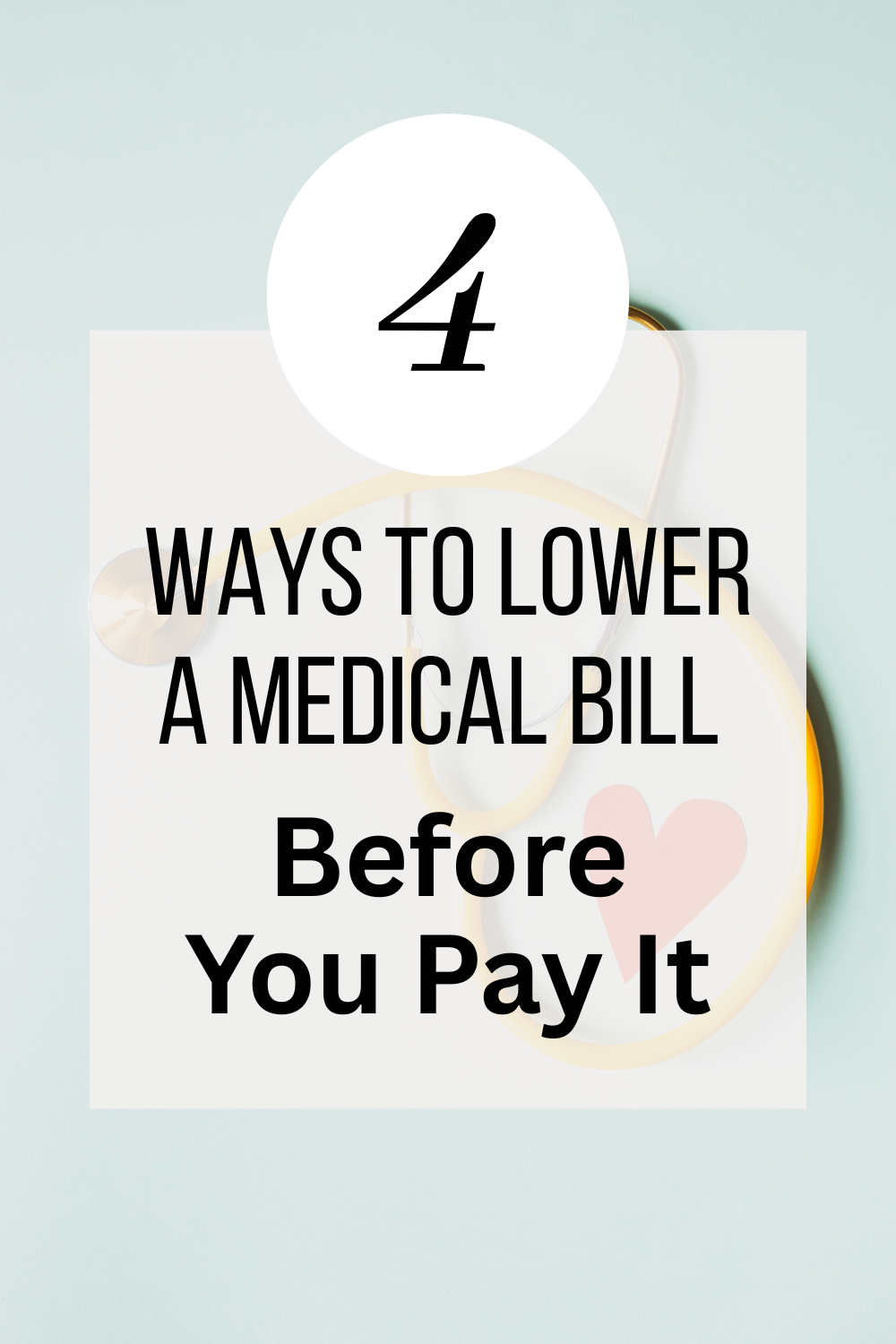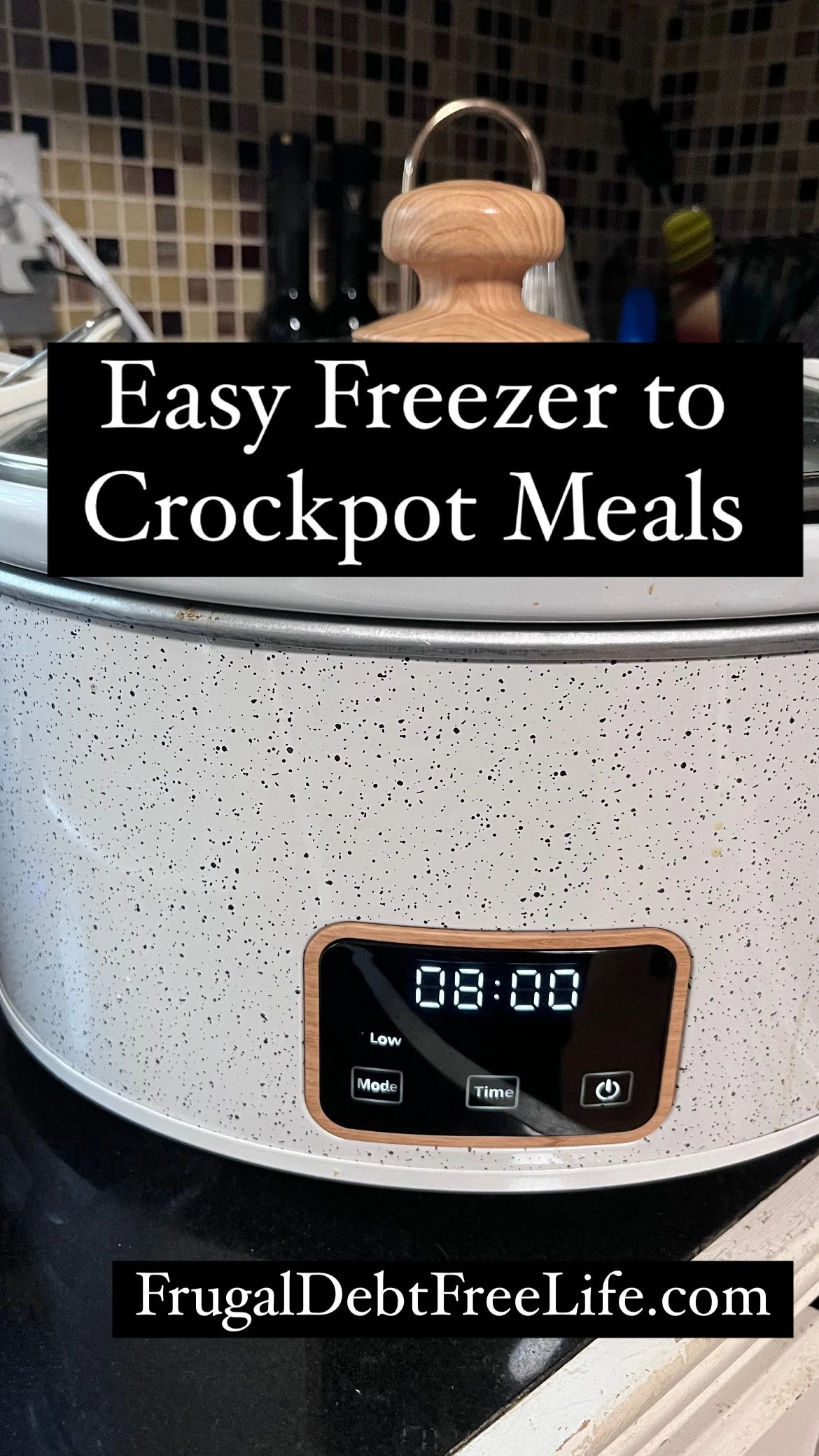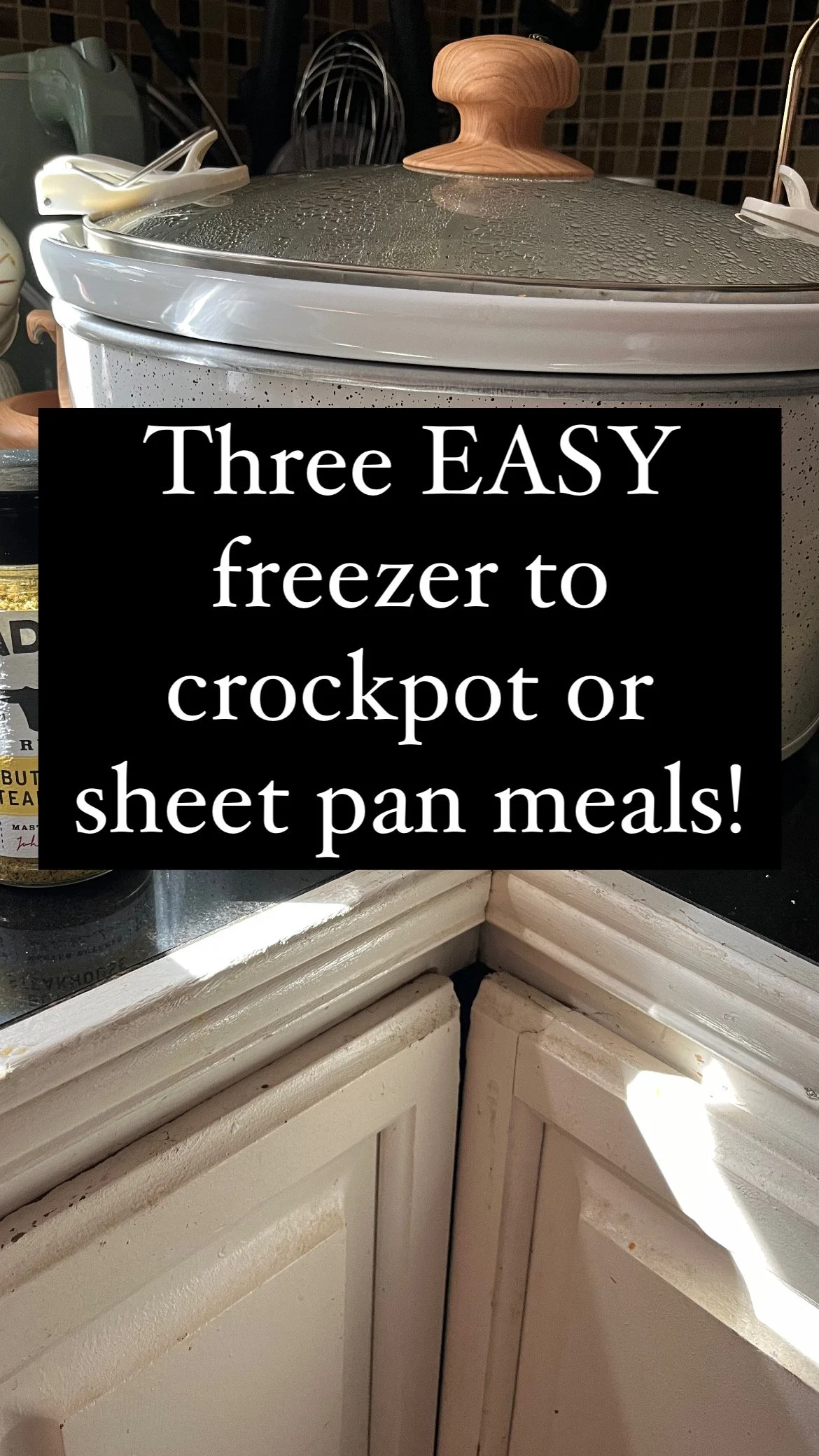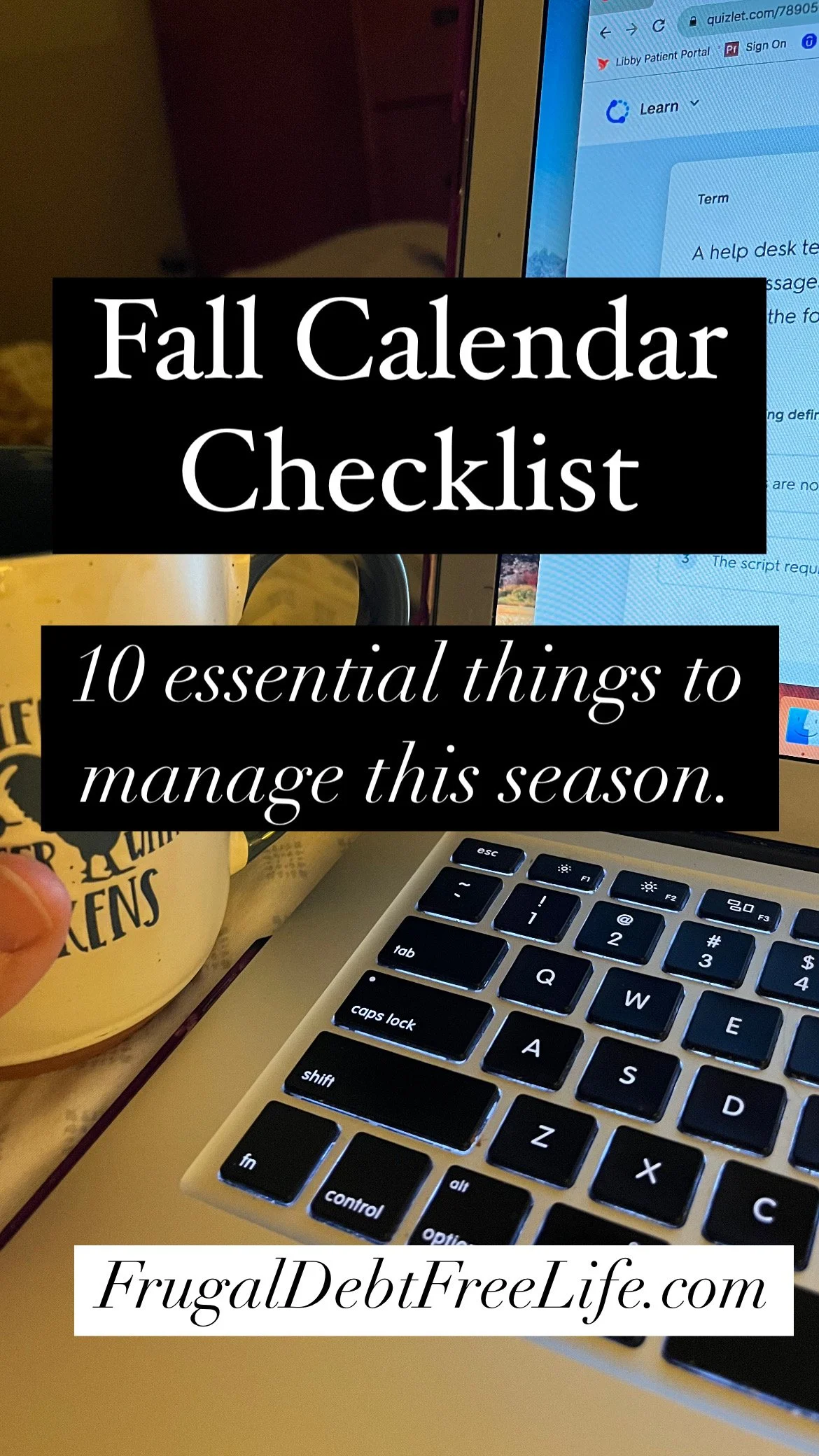Grocery store savings tips and tricks : How to save money at the supermarket
/We all have to buy groceries. It's just a part of living life, and there's no way around it.
Food costs money -- especially if you want to buy quality food. But I want you to save money on your groceries where you can. So here are some tricks and some things to avoid.
We all know to shop smart with a list, right? But grocery stores spend a lot of money figuring out the best ways to market to you and to make the grocery store as appealing of a place as possible so that you walk in and just throw your list over the shoulder and buy whatever looks pretty.
1. Avoid front displays
They look really colorful and bright, and they're well-lit. And they seem like good deals. But they're not usually. In fact, the other day, I was walking through Publix and I saw these pre-made kabobs on sale -- $2 off. Only $5.99 a pound. Ah, no.
Publix had their chicken breast on sale that week for $1.99, and you can get bell peppers for $0.79 apiece. So, really, you could save yourself about $3 a pound by just taking five minutes to cut up your own chicken and bell pepper.
2. Precut costs more
Anything that is pre-chopped and precut, you're going to pay more for. Those already made things of watermelon and fruit salad cost way more money than they would if you bought the items yourself and chopped them up.
However, I'm going to tell you that if buying the precut vegetables and fruits and buying the bagged salad means you're actually going to eat it and it's not going to get pushed to the back of the refrigerator and it's not going to be wasted, do it.
If buying a rotisserie chicken and precut watermelon means you don't go to the drive-thru and spend $25 on dinner, do it.
Spending $7.99 on a rotisserie chicken that, yes, would have cost you $4.99 to make and save you a whole $3 -- that's where I'm telling you to be realistic when grocery shopping. Yes, I save a lot of money by going ahead buying things whole and then cutting them up myself, portioning them out and putting them in the refrigerator. But if that's one more thing you have to do and one more thing that you don't have time for, girl, you buy that precut watermelon.
3. Look at the price per pound or price per unit
In the produce department, you have a few options: there are different types of apples, different colors, and different weights. You might see loose apples on sale for a $1.99.
One thing that I've noticed more and more of is that those pre-bagged bags of apples, I'm able to get a 5-pound bag for $4.99 or $3.99, whereas apples on their own cost a $1.99 a pound. So I come out better buying the bagged apples. That's not always the case, but that's something that I've seen more and more of lately.
It's really helpful to pull up the calculator on your phone and see what's going to be a better value. For us, the smaller-sized apples that come in the bag also work because my kids eat the whole apple, and we're not having, like, a part of an apple that I find in the couch later.
Also, be sure to check out the corner of those little tags because they will tell you the price per unit, the price per ounce, the price per item. And you can really cost-compare and see if one brand is going to save you more than the other.
4. Avoid gimmicks!
You know those labels that say "2 for $5" or "2 for $4" or "10 for $10" -- you don't have to buy 10 of them to get the sale. You could just buy one and you'll get the sale, unless it's noted otherwise.
5. Eye level costs more
Also, when you're walking through the grocery store, eye level stuff is more expensive. This is especially noted with cereal. If you just looked down to the bottom shelf, you can save yourself $1 to $2 a box for what is essentially the same thing. (I don't think my kids have ever had store brand cereal. Cereal is a treat in our house to begin with because it's not a frugal breakfast. But when I do buy it, I only buy the Malt-O-Meal, so I don't think they would even know if I bought real Cheerios.)
6. Store brands are usually the same
Store brands are often just as good as their name brand counterpart. In fact, you can turn the label around and look and see that item-per-item, ingredient-per-ingredient, they're the same.
I'm going to let you in on a little secret. Actually, I used to work for a private label distributor -- meaning they made products and then sold them to other people to put their labels on. Often, we had to tour the factories. We went to tour a peanut butter factory, and I saw two different styles of jars having two different labels put on them, but the peanut butter was coming from the exact same vat. One label just had a store brand's name on it and the other label had a fictional fairytale character on it. And it was coming from the same vat.
Store brands are often just the exact same thing that you're paying a dollar less for. No-brainer.
The same thing often applies to milk and canned vegetables. It's not like Kroger has its own dairy. It is buying milk from the same dairy that Mayfield and other name brands come from.
You'll also notice that when the private label company -- the company that actually makes that product -- changes its packaging, you're going to get that item at a deep discount. That's when it's time to stock up. I saw the Sam's brand pull-ups for sale recently -- you get a box of 100 for $6. Then, I was at CVS, and they also had their training pants on clearance for like $2 a package. And I realized, "Oh, these are made by the same company. They're just putting their own label on them." So keep an eye out for that. It really helps you to be a savvy shopper.
Also, a lot of grocery stores offer rain checks now. So if you go to a grocery store and there's an advertised deal and it's no longer available, go up to the customer service counter, tell them that the deal's not there, and I know that Publix and Kroger will give you a little rain check so you can come back later and pick up the same item for the sale price.
What about you? What tricks do you have for saving $$ on groceries?
























